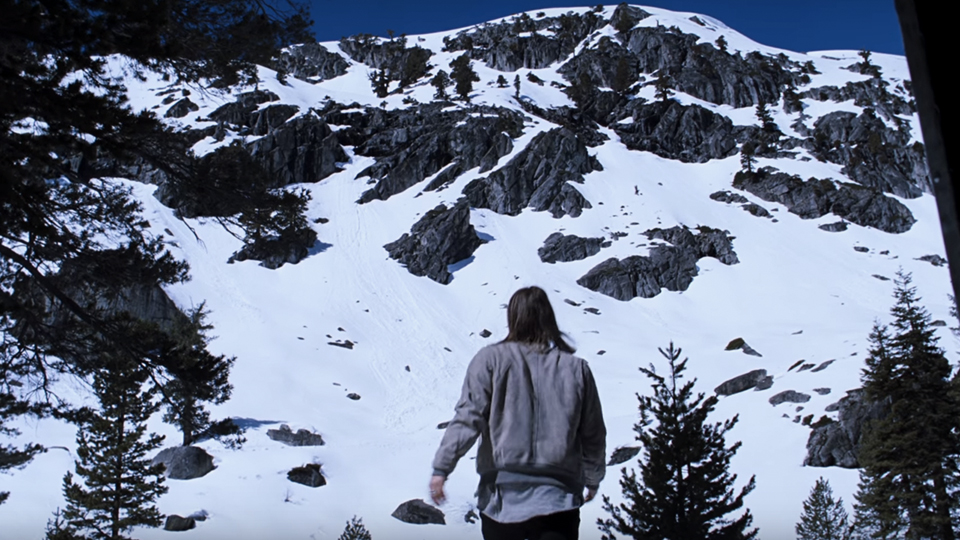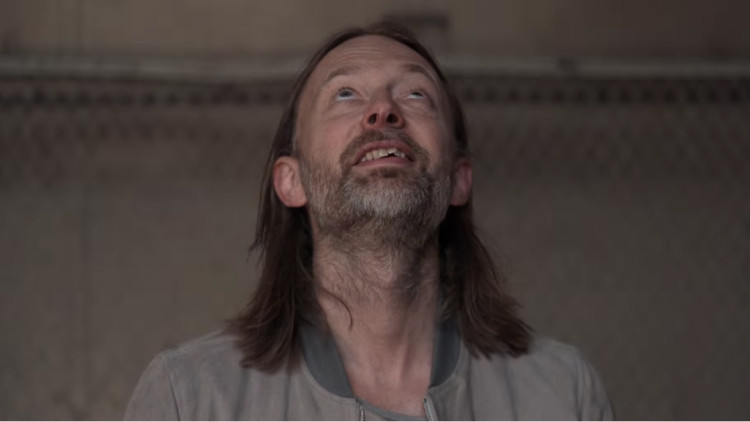The New Paul Thomas Anderson Self-Proclaimed Short Film
DIRECTOR: PAUL THOMAS ANDERSON/2016
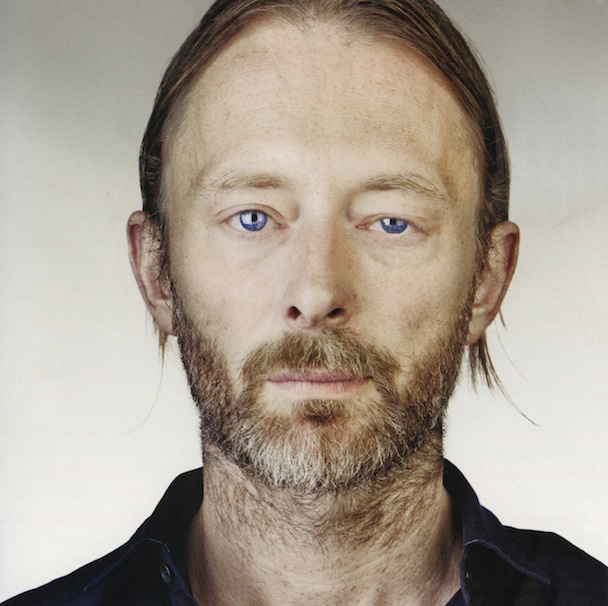 Paul Thomas Anderson and Radiohead have very similar career trajectories, just in different mediums. Both are credited for helping drastically changing their industries. PT Anderson did so along with his fellow video-store filmmakers Quentin Tarantino and Robert Rodriguez. Radiohead almost single-handedly did so with the albums Kid A and Ok Computer, which helped put a nail in the coffin of awful 90’s radio rock and bridged the path into the aughts, which eventually lead to bands like Arcade Fire and The National. Both are known for a major project in the 90’s (Boogie Nights and Pablo Honey) while quietly doing superior work later in life (There Will Be Blood and In Rainbows). And both are complete geniuses.
Paul Thomas Anderson and Radiohead have very similar career trajectories, just in different mediums. Both are credited for helping drastically changing their industries. PT Anderson did so along with his fellow video-store filmmakers Quentin Tarantino and Robert Rodriguez. Radiohead almost single-handedly did so with the albums Kid A and Ok Computer, which helped put a nail in the coffin of awful 90’s radio rock and bridged the path into the aughts, which eventually lead to bands like Arcade Fire and The National. Both are known for a major project in the 90’s (Boogie Nights and Pablo Honey) while quietly doing superior work later in life (There Will Be Blood and In Rainbows). And both are complete geniuses.
PT Anderson directing a Radiohead film has been a long time coming. Ok, technically this is a music video. Sure. But it played at select movie theaters with its debut and was referred to as a short film by the theaters and by Paul Thomas Anderson himself. So from here on out I won’t question that and just call it a film.
 The relationship between the two entities has been strong for years. Johnny Greenwood, Radiohead’s lead guitarist and favorite member to die-hard Radiohead fans who like to claim him as the true genius of the band over the much more prolific Thom York, though they may just be acting difficult by saying that, has been scoring PT Anderson’s films since There Will Be Blood. Their relationship became so strong that Anderson ended up directing a documentary on Greenwood, and other musicians, titled Junun. Besides the relationship, Radiohead has always just prioritized the quality of music videos. The video to the song Just (Do It To Yourself) off of the album The Bends is still my favorite music video of all time. So the band turning to the best filmmaker working today is no surprise. Anderson, on his end, has shown a passion for music for years and recently directed the simple yet mesmerizing video to Joanna Newsome’s track Sapokanikan.
The relationship between the two entities has been strong for years. Johnny Greenwood, Radiohead’s lead guitarist and favorite member to die-hard Radiohead fans who like to claim him as the true genius of the band over the much more prolific Thom York, though they may just be acting difficult by saying that, has been scoring PT Anderson’s films since There Will Be Blood. Their relationship became so strong that Anderson ended up directing a documentary on Greenwood, and other musicians, titled Junun. Besides the relationship, Radiohead has always just prioritized the quality of music videos. The video to the song Just (Do It To Yourself) off of the album The Bends is still my favorite music video of all time. So the band turning to the best filmmaker working today is no surprise. Anderson, on his end, has shown a passion for music for years and recently directed the simple yet mesmerizing video to Joanna Newsome’s track Sapokanikan.
Daydreaming proves, more than anything, that Anderson loves walking. Possibly even more than Aaron Sorkin, who is the go-to writer when you need a walking and talking scene. Anderson has always cherished the motion in motion pictures with characters moving through hallways, carrying a single take until another character walked by, picking up the take without an edit and maintaining the energy of the prior conversation, though it’d be a completely different topic that would help carry along the film’s plot (think Magnolia). Or think of Punch Drunk Love when Adam Sandler is pacing his warehouse trying to watch over his employees while also dealing with the awkwardness of his sister trying to set him up with a friend and a sex hot line calling and threatening him.
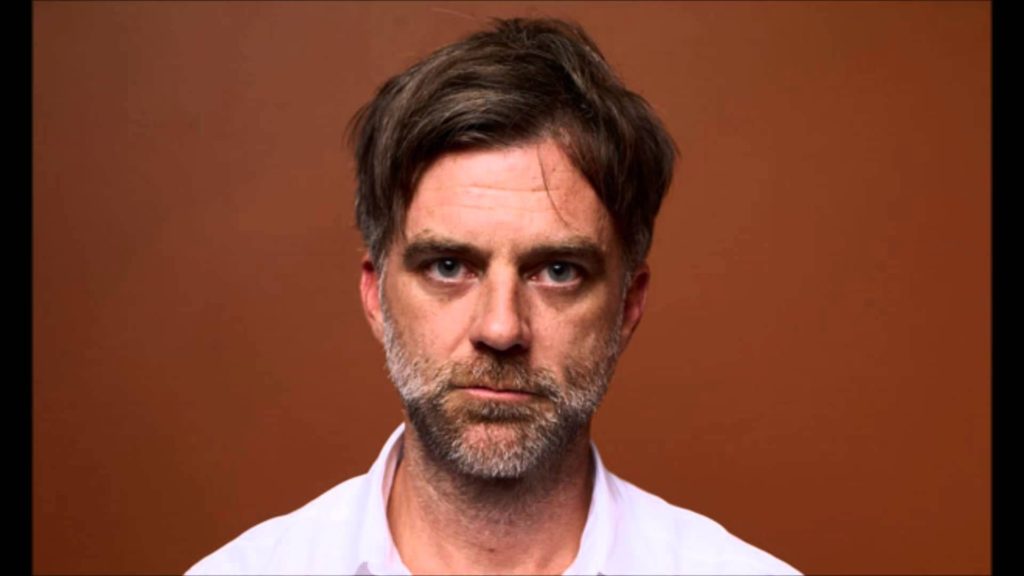
Paul Thomas Anderson
But so much of those scenes relied on dialogue. The next step for Anderson was the aforementioned Joanna Newsome video, where it was walking through the streets of New York City, but multi character conversations was replaced by singing, which is still a form of dialogue.
Now to Daydreaming. We are given Thom York, looking as handsomely squirrely as ever, walking through halls and places with no connections to each other. But Anderson doesn’t even have much dialogue (singing) to work with, since this track, like many of Radiohead’s, is beautifully haunting instrumental work. Plus York’s vocals have always been more of an instrument than anything else and lyrics have been becoming more and more inconsequential to the band over the years.
The film is appropriately about the power of creativity and how creativity in its rawest form is permeated through daydreaming.
Most wildly creative people daydream profusely all day, to the point where it can be a distraction as much as an escape. And that seems to be what Anderson is really getting at in the film and what Radiohead is aiming for in the song. For such a beautiful act as daydreaming, Daydreaming the song is very melancholic. We first see York walking into a factory, with fellow workers behind him, showing the slow walk of dread to work most of us make each morning. The fact that this place is underground also adds to the dreariness of an environment that needs to be mentally escaped from.
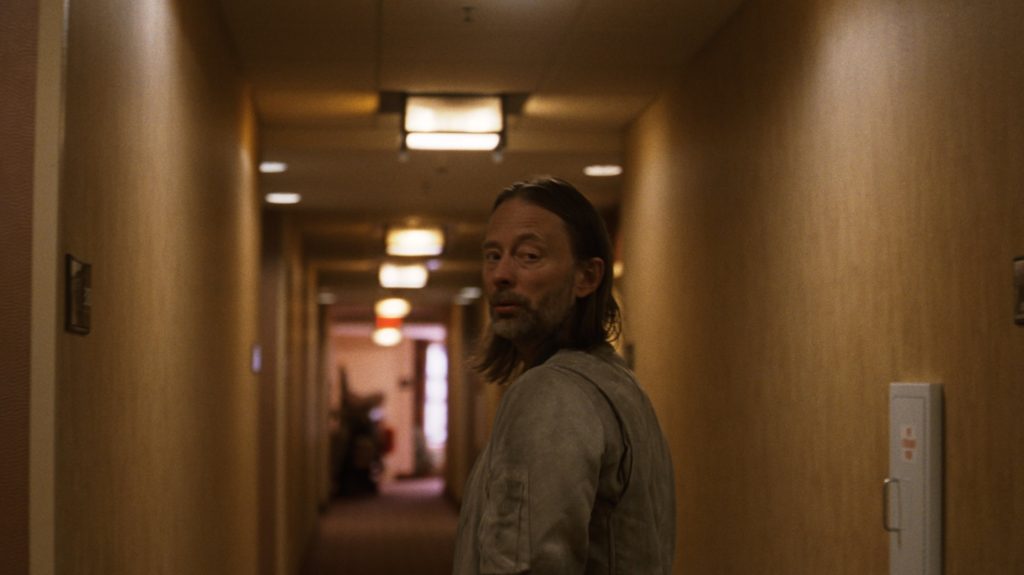
Into a hallway of a hotel he walks and then makes an immediate left, opening a door that leads him into a home. At this time, we see the background behind him being a front yard and not the hotel hallway, tipping the film’s hands as to the reality we have entered.
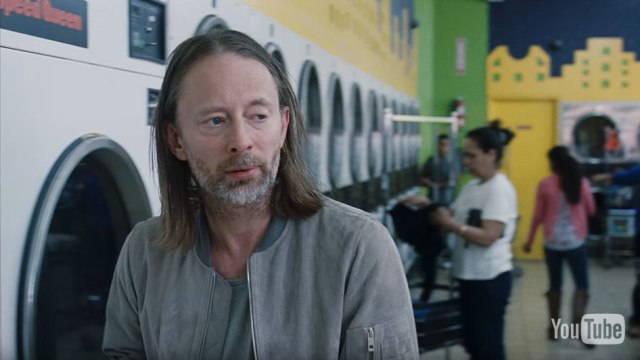 From there, York enters a series of miscellaneous places. Mostly places that are not very fun: school hallways, hospital rooms, a kitchen with a woman (possibly a lover) reading a paper and ignoring him, a laundromat, a store. York’s face reveals that he is not too worried about any of the locations though. He more quizzically looks around at his surroundings, almost indicating that he knows he is in charge. While in the store, he releases a smirk, showing that whatever he needed to do to change his location has just been figured out.
From there, York enters a series of miscellaneous places. Mostly places that are not very fun: school hallways, hospital rooms, a kitchen with a woman (possibly a lover) reading a paper and ignoring him, a laundromat, a store. York’s face reveals that he is not too worried about any of the locations though. He more quizzically looks around at his surroundings, almost indicating that he knows he is in charge. While in the store, he releases a smirk, showing that whatever he needed to do to change his location has just been figured out.
Which leads next to a beautifully wooded area out of a front door, accompanied by a changeup in the song that amplifies the piano more into the mix. Up a flight of stairs, into a wonderfully lit bedroom, York is in charge. Yet his face starts to show a distress to it. Showing there was promise when he was in the undesirable environments but now fear that he is where he wants to be, yet hasn’t found the peace and escape he yearned for.
So he pulls out the big guns behind the next door. A beach, which is such a place of escape that it displays on most screensavers in every beaten-down office building. York walks on the beach, with head down, not even viewing this amazing view.
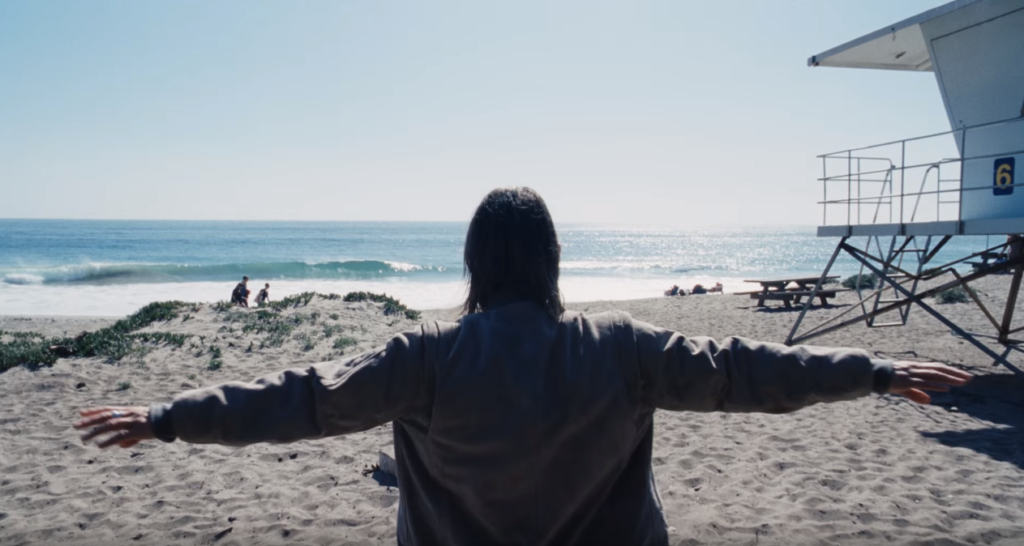
Up an elevator he goes next, where he sings a few of the lyrics that have been playing the whole time, reminiscent of the singing scene in Magnolia, and into a garage he goes. But then the film quickens its pace. Another slight changeup in the song and quick edits of York entering homes. Possibly looking for someone. Maybe someone of his past. A woman? And child?
Soon we see that his frustration is so much that we just see him opening doors without seeing what he’s entering. It doesn’t even matter anymore. His frustration is too much. And he’s having problems with the doors now too. One doesn’t open immediately. One awkwardly slips from his hand.
Finally, he ascends a series of stairs and opens a door to what appears to be the ultimate mental destiny. A gorgeous, snow-covered mountain area. He is so set on this environment that he treks for a whole day. The sun goes down as he climbs the snowy mountains. He sees a hole in the side of a mountain. A fire is waiting for him. He lies next to it. The song adds a haunting synth track at the end. He’s in the most beautiful place, yet the fires lick his face indicating a hell. And he closes his eyes, preparing for sleep, because as both Radiohead and Paul Thomas Anderson both know, being this creative is extremely exhausting.
